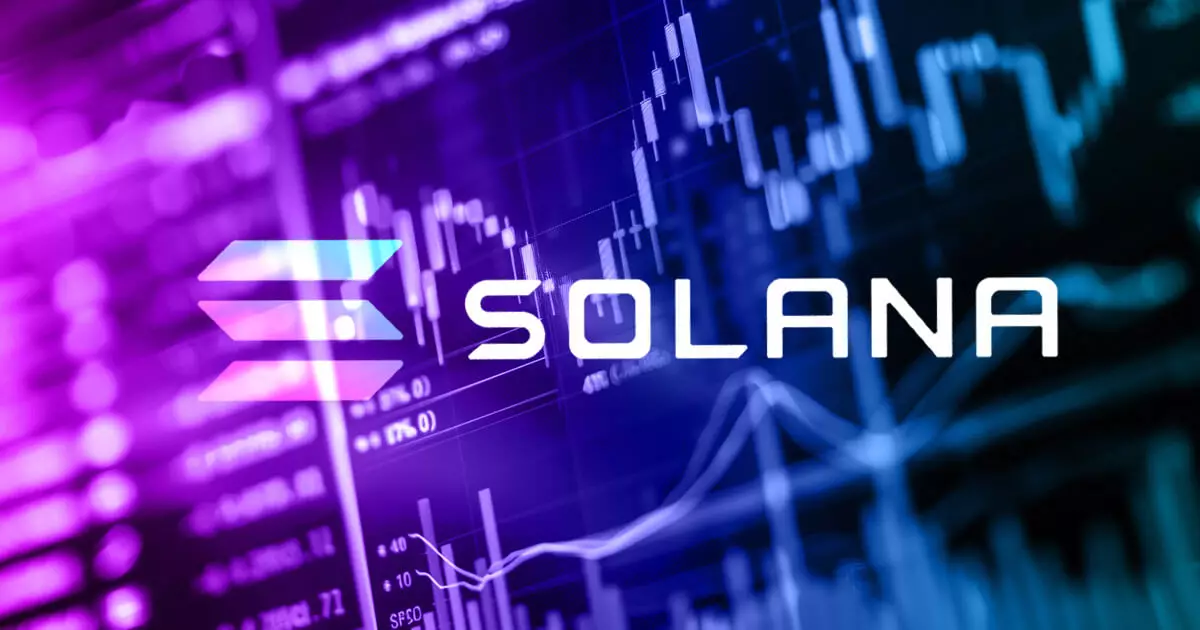Solana has recently made headlines in the world of decentralized exchanges (DEX) by surpassing Ethereum in monthly DEX volume for the month of July. With $55.8 billion in transactions, Solana outpaced Ethereum’s $53.8 billion, marking a significant milestone for the network. This surge in volume is attributed to the increasing activity on Solana’s platforms such as Raydium, Orca, and Phoenix, showcasing the growing adoption of the network in the DeFi space.
Despite the impressive volume numbers, Ethereum still maintains its position as the leading DeFi platform with approximately 61% of the market share and a total value locked (TVL) of $67 billion. In contrast, Solana commands only 4.64% of the market with a TVL of $5.16 billion. While Solana’s DEX volume has experienced a spike, it still has a long way to go to catch up to Ethereum in terms of overall market dominance.
Analysts point to the rise in memecoin activity as a significant driver behind Solana’s increased DEX volume. The network has seen a surge in various memecoins, attracting traders looking to capitalize on these assets and thereby increasing liquidity on the platform. Additionally, institutional endorsements have played a role in fueling interest in Solana, with speculation about a potential Solana exchange-traded fund (ETF) further boosting its growth.
Data from Allium on Visa’s stablecoin dashboard shows a significant increase in transaction volume for USDC stablecoin on Solana, exceeding $8 trillion since last year. This surge in stablecoin usage, along with Solana’s recent surge in DEX trading, has raised concerns about potential wash trading on the network. A report by the pseudonymous crypto analyst Flip Research suggests that 93% of transactions on Solana may be inorganic, driven by wash trading, MEV bots, and scams that offer little value to retail traders.
While Solana’s rise in DEX volume is impressive, it also brings to light the challenges and potential risks associated with growing too quickly in the DeFi space. As the network continues to attract more attention and activity, it will be essential for developers, regulators, and market participants to address these concerns and ensure the long-term sustainability of the ecosystem.

